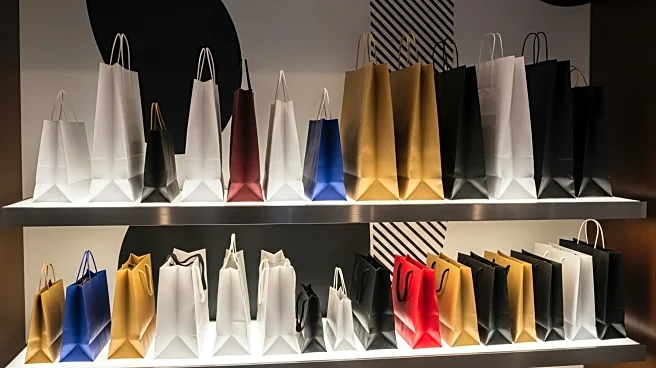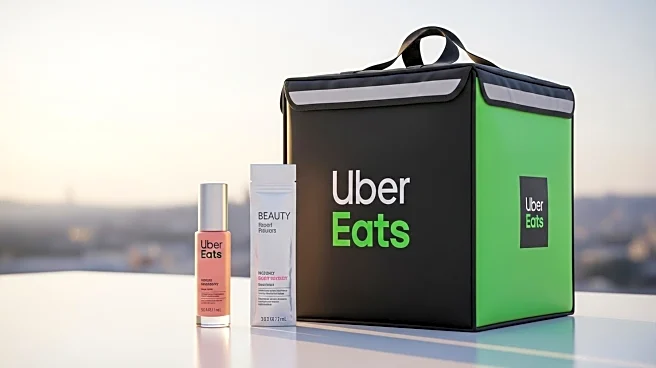What is the story about?
What's Happening?
The multi-brand retail sector is experiencing significant turmoil, with several key players facing financial distress. Canadian e-tailer Ssense, once valued at over $4 billion, has filed for bankruptcy protection due to mounting debt and changes in U.S. trade policy. This follows similar moves by other retailers such as Florence-based LuisaViaRoma and Saks, which have struggled to pay brands and refinance bonds. The decline of multi-brand retailers is attributed to major luxury brands steering customers to their own stores and websites, reducing their exposure to wholesale channels. This shift has pressured e-tailers and department stores, which have prioritized scale over customer service, leading to a diluted shopping experience. The collapse of these retailers poses a dilemma for small and medium-sized fashion brands that rely on third-party retailers for distribution.
Why It's Important?
The crisis in multi-brand retail has significant implications for the fashion industry and consumer shopping habits. As major luxury brands focus on direct sales, smaller brands face challenges in reaching consumers, potentially leading to a 'winner-takes-all' scenario. Consumers still prefer the discovery and curation offered by multi-brand environments, highlighting the need for retailers to balance efficiency with serendipity. Successful models like Bloomingdale's demonstrate that financial discipline and investment in customer service can sustain the department store model. The decline of large retailers may benefit independent specialty stores, which offer personalized shopping experiences and agile adaptation to market trends. This shift could redefine the retail landscape, emphasizing the importance of customer engagement and brand partnerships.
What's Next?
As specialty retail gains market share, large department stores may need to downsize and focus on enhancing customer experiences. Saks Global and Macy's have already begun reducing their footprints to minimize cannibalization. Successful stores are adopting a hospitality approach, treating customers as guests and offering amenities like cafes and seating areas. Major retailers have the advantage of scale, allowing them to invest in sophisticated brand relationships and marketing strategies. Bloomingdale's is enhancing its brand partnerships through pop-ups and in-store activations, integrating emerging labels into its offerings. The future of multi-brand retail may resemble its past, with boutiques providing genuine discovery and service poised to capture more market share.
Beyond the Headlines
The decline of multi-brand retailers raises ethical and cultural questions about consumerism and brand loyalty. As large retailers become 'supermarkets of fashion,' specialty stores that maintain a distinct point-of-view may cultivate stronger consumer loyalty. This shift could lead to a more fragmented retail landscape, where personalized experiences and niche markets thrive. The emphasis on direct sales by luxury brands may also impact the diversity of fashion offerings, as smaller brands struggle to compete. The evolving retail environment underscores the need for innovation and adaptability in meeting consumer demands.
AI Generated Content
Do you find this article useful?














